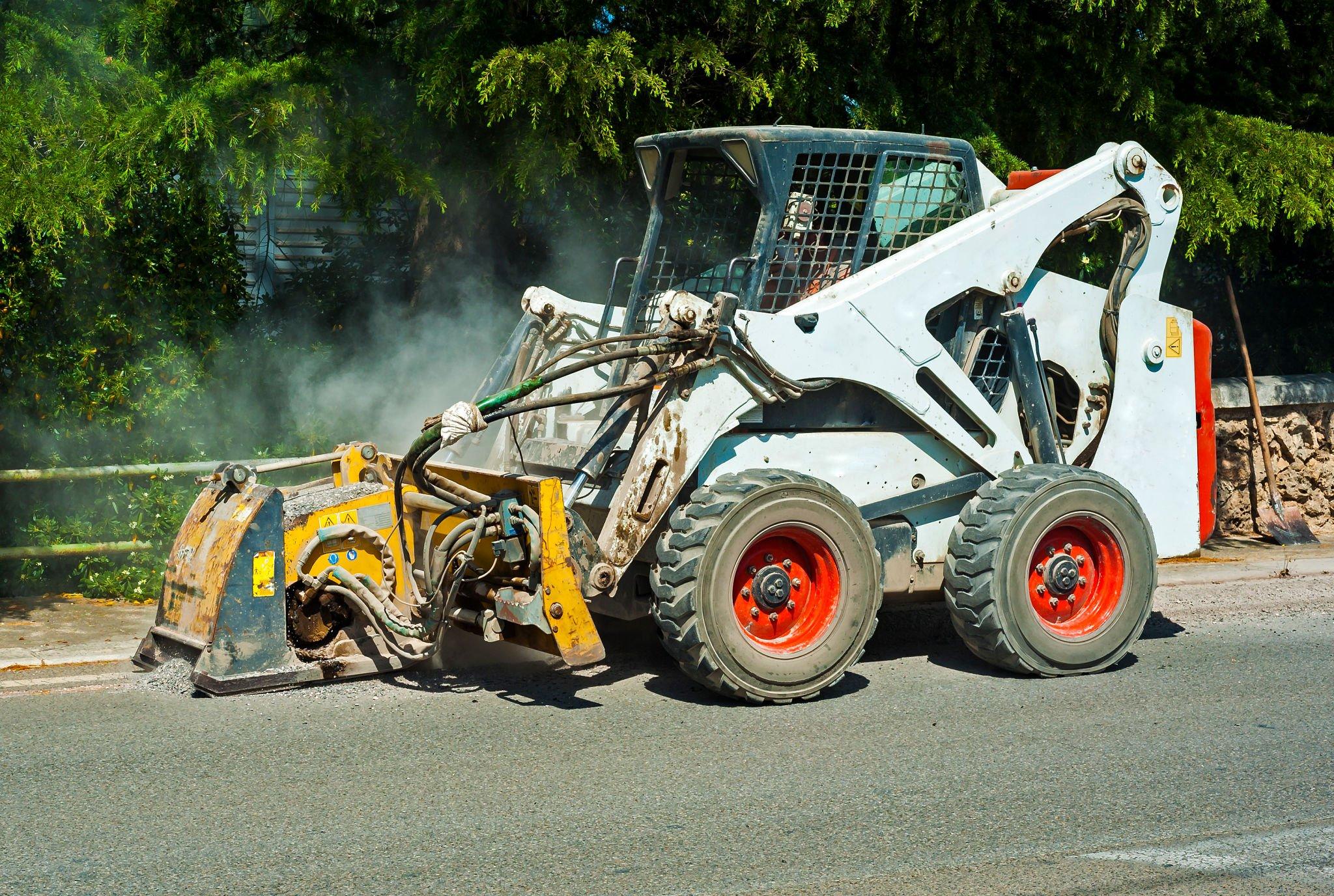Why and how does predictive road maintenance work?
There are three sorts of road maintenance strategies: reactive, preventative, and predictive (the latter two are also known as proactive approaches). The reactive technique is the most expensive since intervention is made only when faults occur. This signifies that a road or asset needs major repairs or must be replaced entirely. Preventive maintenance may appear to be a nice option, but from a financial standpoint, it is not very successful. With this strategy, maintenance is performed at regular intervals, and some tasks that may have been postponed are completed when they are scheduled, regardless of the status of the road or asset items. In terms of cost-effectiveness, predictive road repair is the best option. Predictive road maintenance is exactly what it sounds like: various statistical approaches are used to anticipate when and where a road or other asset item will require repairs.
How does a road safety check work?
Road safety risk assessment procedures, like road maintenance work, can be reactive or proactive. Crash-based identification is the reactive technique, in which places with frequent collisions are highlighted and additional hazards of accident occurrence are examined. However, from the perspective of travellers, it would be preferable to prevent crashes by taking a proactive strategy, in which risks are assessed and analysed based on data presenting numerous contributing elements rather than data from crash reports.
This implies that an accurate estimate of risk levels for a certain route may be computed before any incidents occur. Road safety inspections are carried out to collect the data required for this type of research. These inspections are performed on completed roads at various times, such as during road maintenance processes or when a formal inspection is needed.
Traffic management is a difficult task for a variety of systems.
In addition to road maintenance and safety checks, how efficiently traffic moves has a significant influence in the comfort and safety of travellers. Cities may be quite complicated in terms of traffic flow and the amount of effort required to keep things running. Large cities rely on traffic management systems to run smoothly (TMS).
The primary purpose of these systems is to avoid traffic congestion and keep traffic moving smoothly and efficiently. These systems capture dynamic traffic data from multiple sources, such as automobiles and traffic signals. While this data allows systems to ease traffic flow by, for example, adjusting the time intervals of traffic signals, static information is also required.
Making connections
Thus, data points connect predictive road repair, road safety inspection, and traffic management. Data points containing the information required for mapping the current situation and achieving the best possible outcome. However, these data points are currently collected individually, for a specific purpose, and frequently manually, for example, faults data for road infrastructure repair. Data collection is expensive and ineffective with this strategy.
However when all these three data points are connected, then the results in road maintenance work and traffic management could be fruitful and can save huge budgets and traffic congestion.

